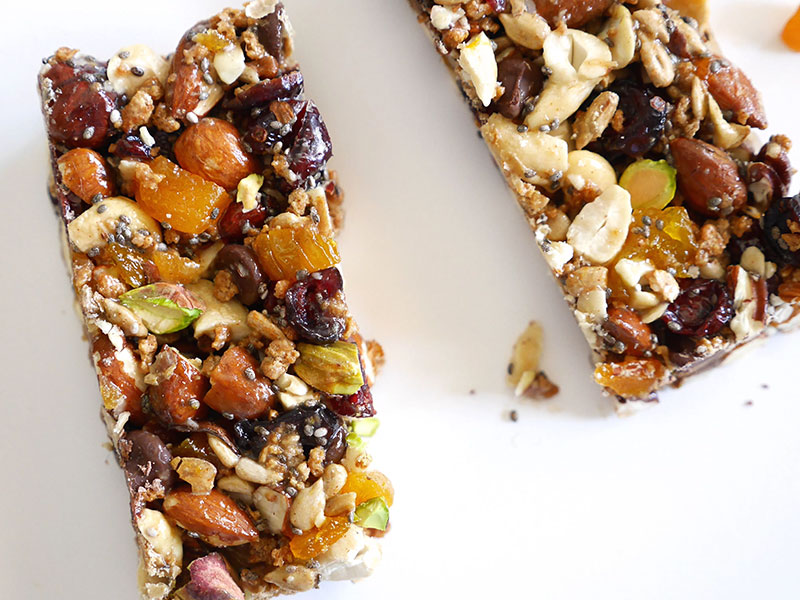15 "Healthy" Foods You Won't Believe Are Full Of Added Sugar
When it comes to eating healthy, we struggle to balance our exercise and diet. Even when we’re doing our best, it may not be as healthy for us as we like to think. Many foods have a lot of sugars, even though they are part of an essential food group and offer a lot of necessary nutrients.According to the American Health Association, a healthy daily amount of sugar is 37.5 grams for men and 25 grams for women. Even if you cut out traditionally sugary foods, like chocolate, candy, and whatever else you have a sweet tooth for, there’s a good chance you’re consuming more sugar than you meant to. Here are a number of healthy foods that may be higher in sugar than originally thought.
Granola

It’s true that granola bars are often extremely healthy. When you first hear ‘granola’, you likely think of oats, nuts, honey, fruit, and seeds. Since we often eat granola bars, it is frequently pre-packaged in an appropriate proportion to snack on. How could they not be healthy?
Watch List:
The real trick is that most granola snacks - bars especially - are filled with additives that can be unhealthy. Look for terms on the label that are essentially the same as sugar, such as corn syrup, brown rice syrup, evaporated cane juice, rice malt syrup, and many others. The other trick these labels use is to distort the serving size to make the health value more confusing. Read the label, including the exact ingredients and recommended serving size.
Protein Bars

Protein bars are one of the go-to products for any time we need a pick-me-up or added burst of energy. Whether it’s the gym, right before the game, or just for a busy afternoon at work, protein bars are often our first choice because they are convenient, tasty, and quick. The biggest problem with their popularity is that their health value is rooted more in marketing than reality.
The fact is, many protein bars have a large amount of sugar, which is actually where this boost of energy comes from. Not only does it not give substantial health benefits, but the burst of energy is also short-lived.
Watch List:
As always, be aware of sugars that are labeled as something else, such as cane syrup, brown rice syrup, and others. More than that, sugar alcohols (glycerin and maltitol) are also used to alter the flavor.
